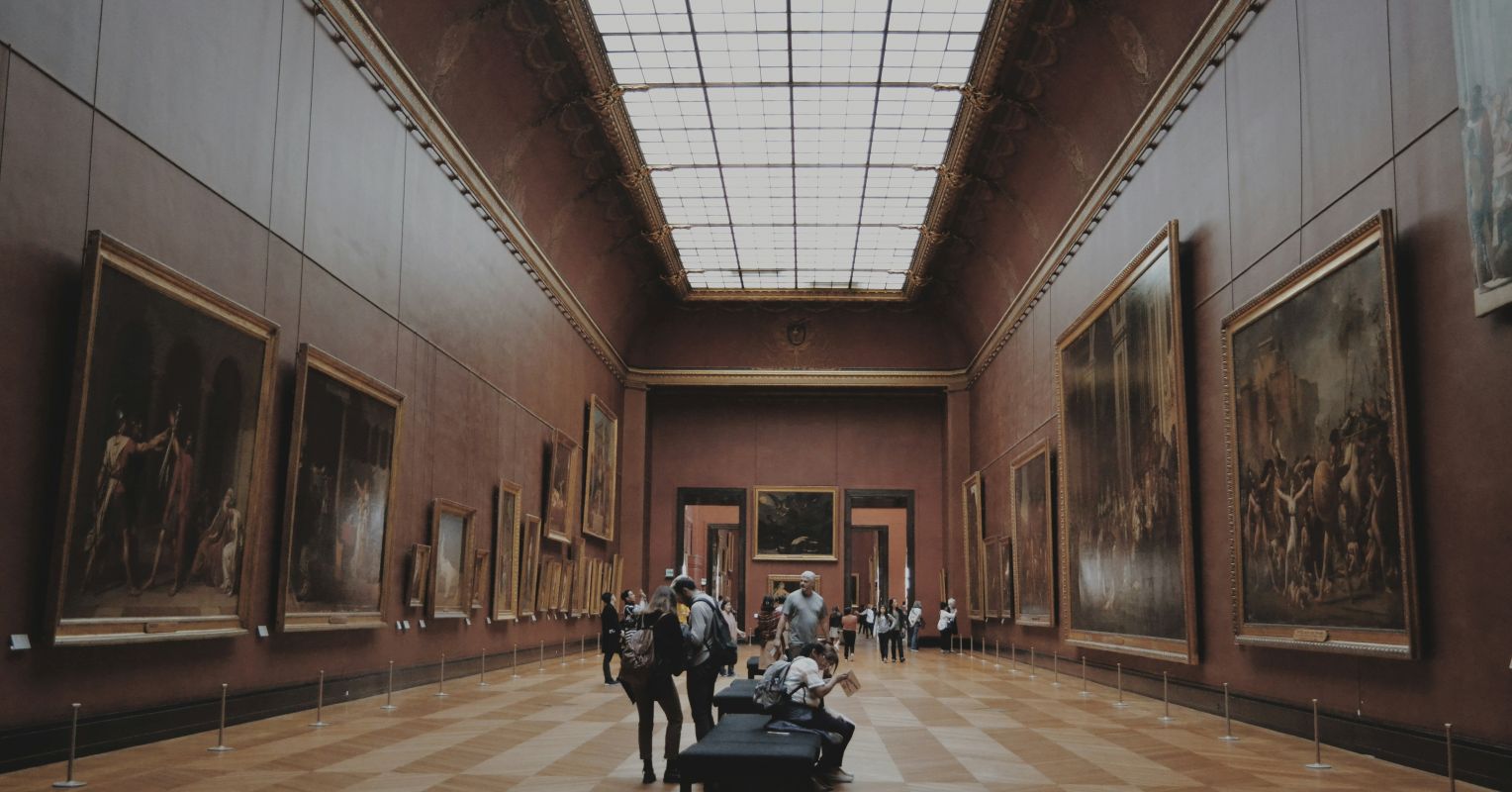
"Art wakes up and stirs emotions. How does this happen? This is the big question that Dr. Katherine Cotter, psychologist at the Positive Psychology Center at the University of Pennsylvania, asked in a lecture in the Art Seeking Understanding series. Her new research, published in The Empirical Studies in the Arts, shows how tightly related are thoughts and feelings we have about art when we visit museums."
"Imagine visiting the Metropolitan Museum of Art in New York and coming upon the painting, Julie Le Brun (1780-1819) Looking in a Mirror (1787), by Elisabeth Louise Vigée Le Brun. The work is eye-catching with its rich, warm colors and charming subject: a young child with rosy cheeks and adorable outfit looking at herself in a mirror. The name in the title suggests that the artist was Julie's mother."
Art experiences elicit a wide range of emotions, from surprise and insight to awe. Viewing art combines thinking and feeling, producing tightly intertwined cognitive and emotional responses during museum visits. Individual responses to the same work can differ dramatically: one viewer may find a portrait charming while another perceives it as eerie because of subtle visual anomalies. Museum visits generate a portfolio of complex psychological experiences that include noticing details, interpreting relationships, feeling tenderness or unease, and sharing responses through photos or conversation. Thoughts about art are deeply linked to accompanying feelings, shaping diverse visitor experiences.
Read at Psychology Today
Unable to calculate read time
Collection
[
|
...
]